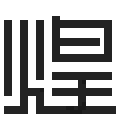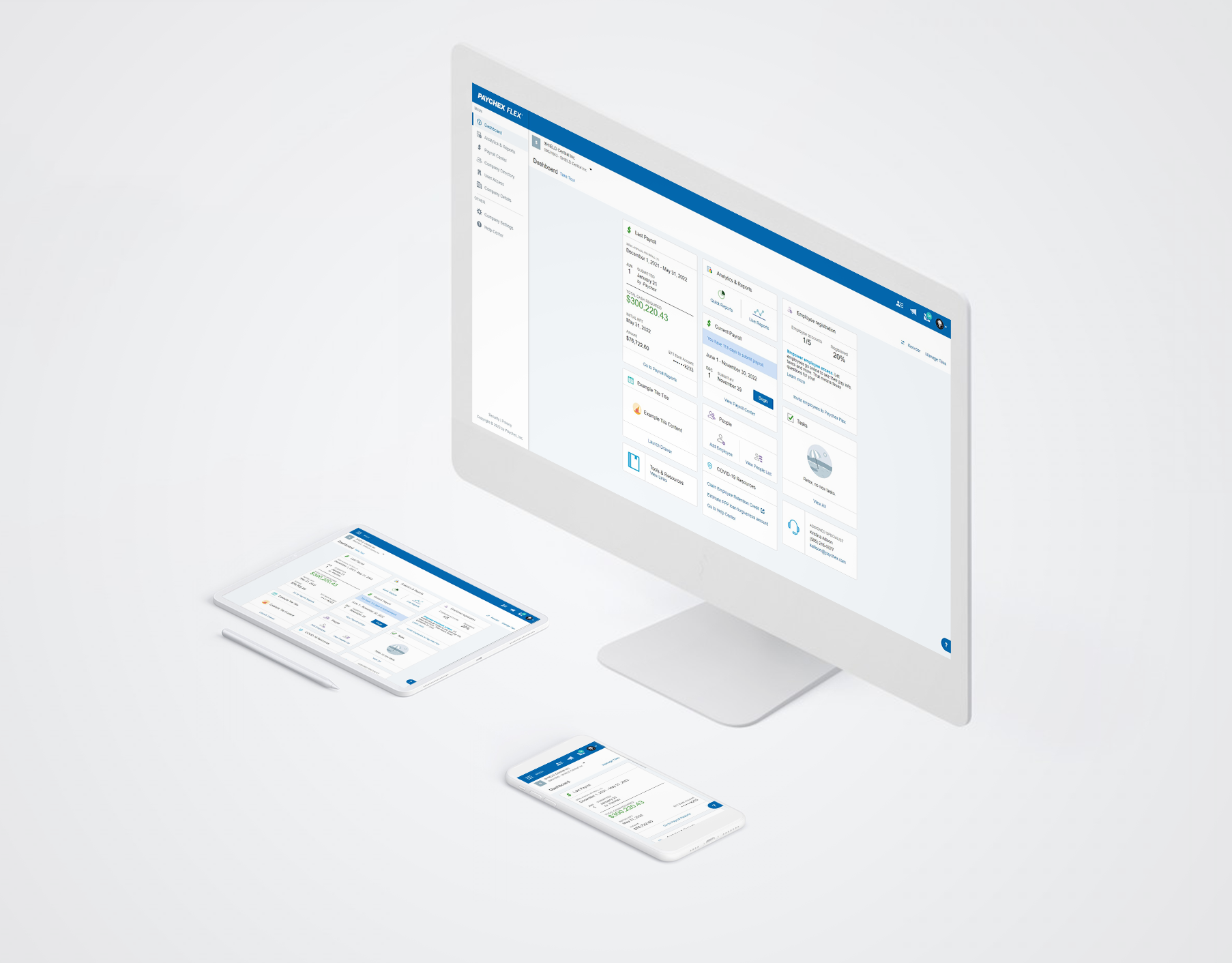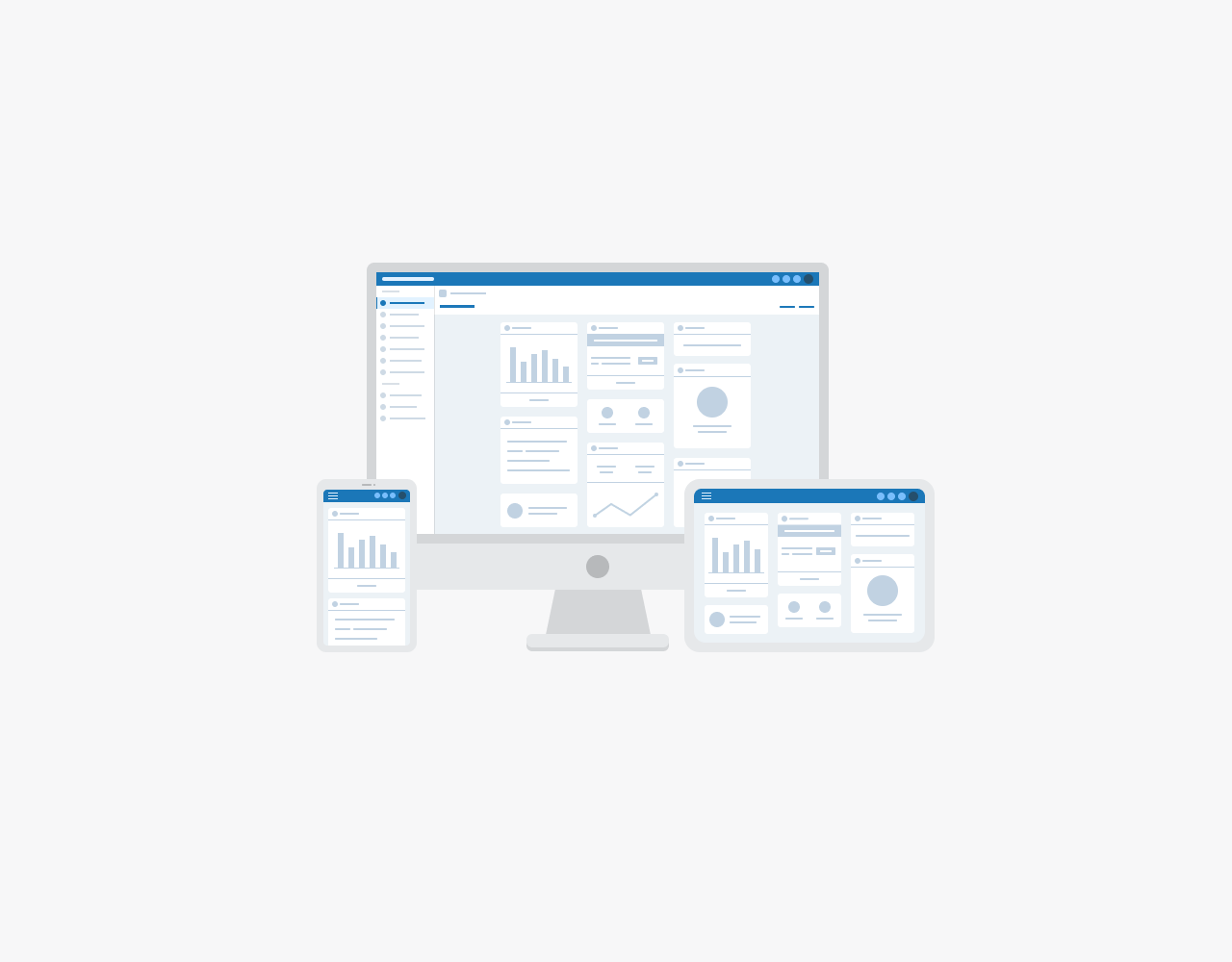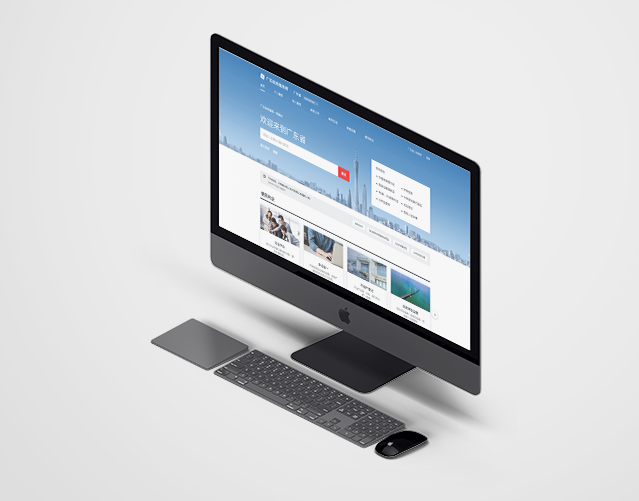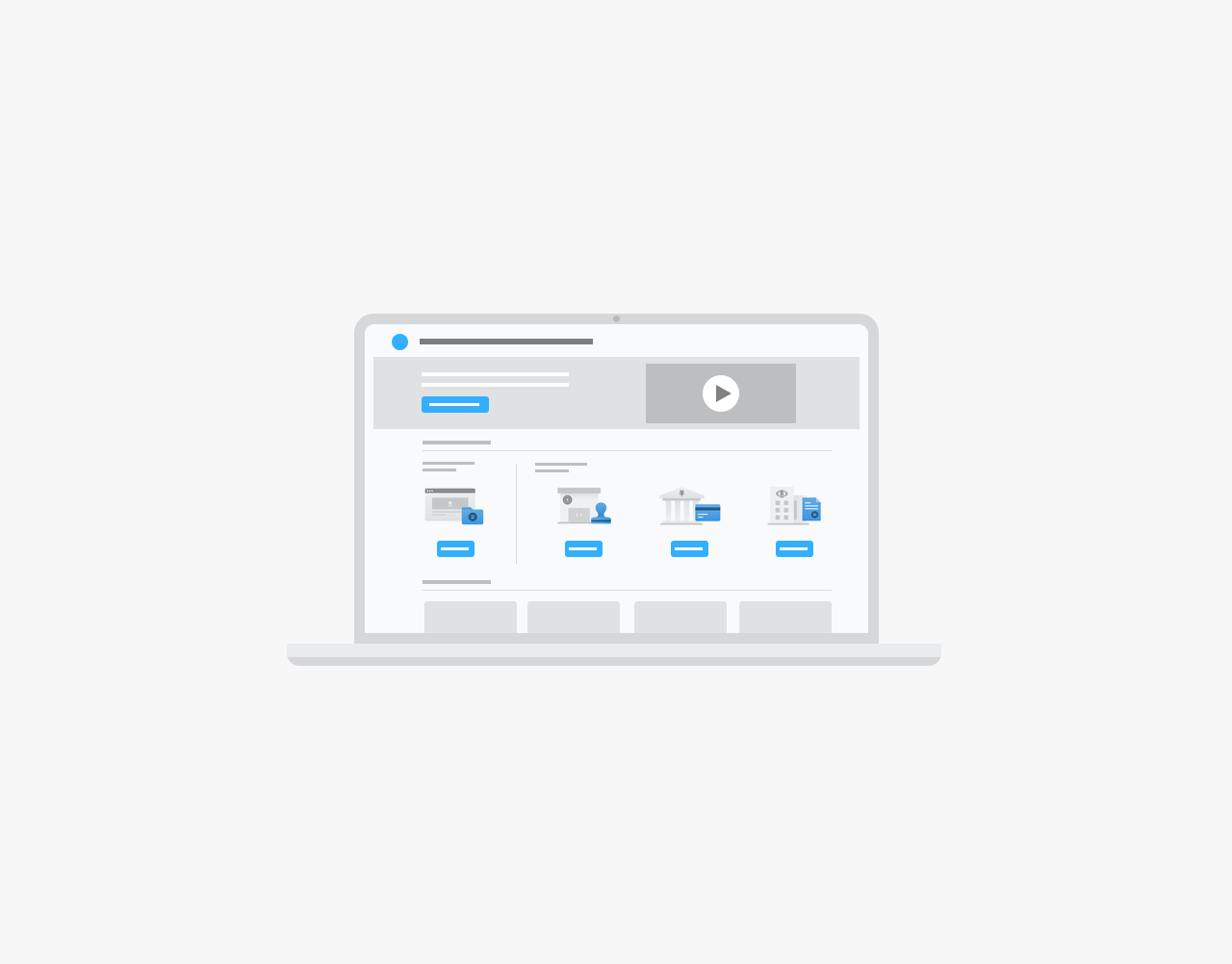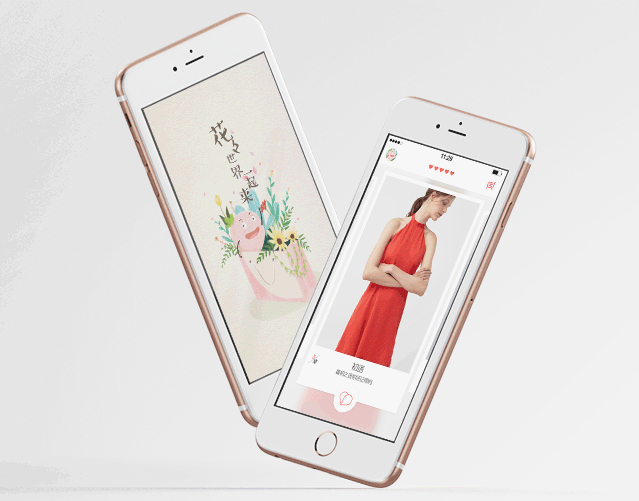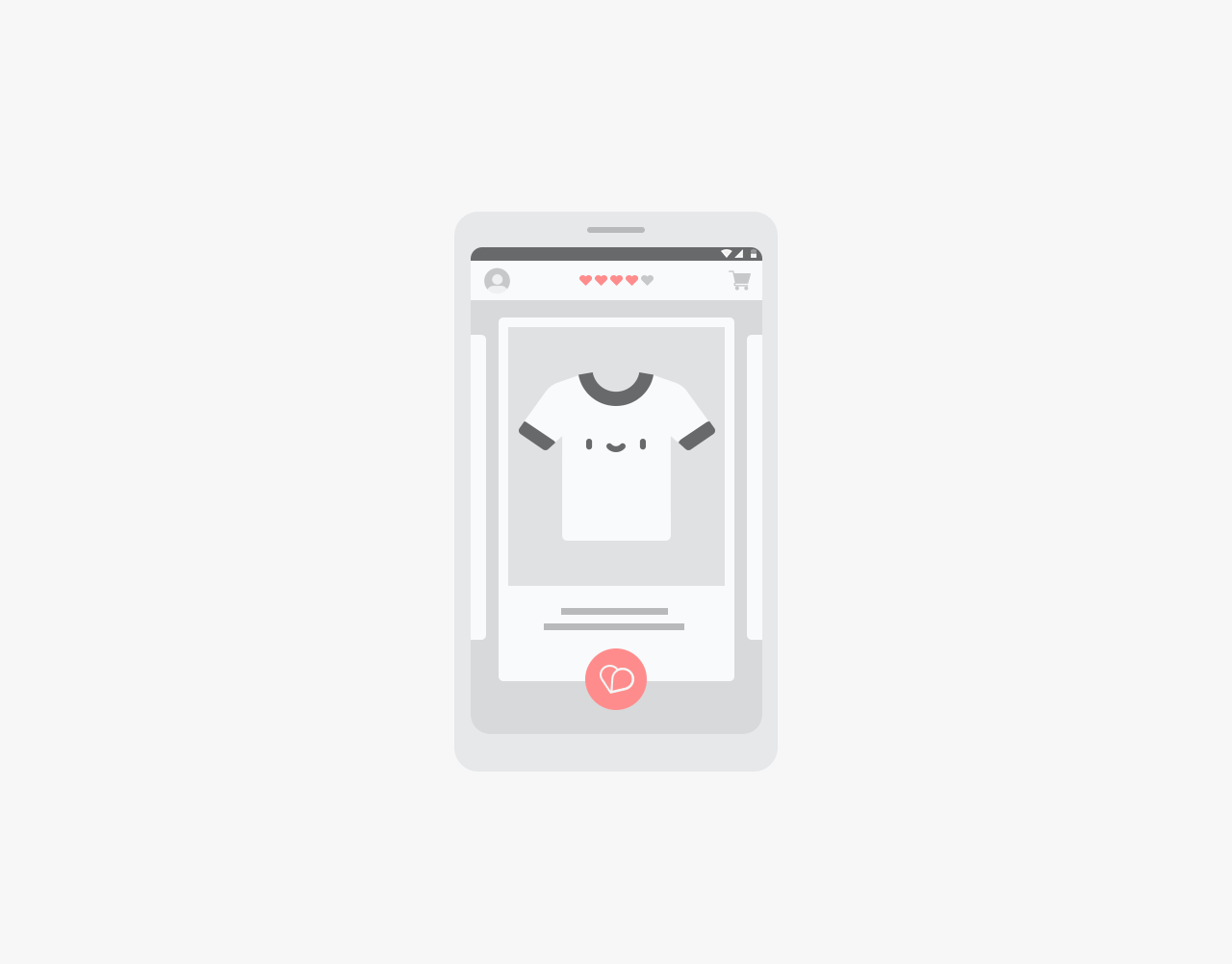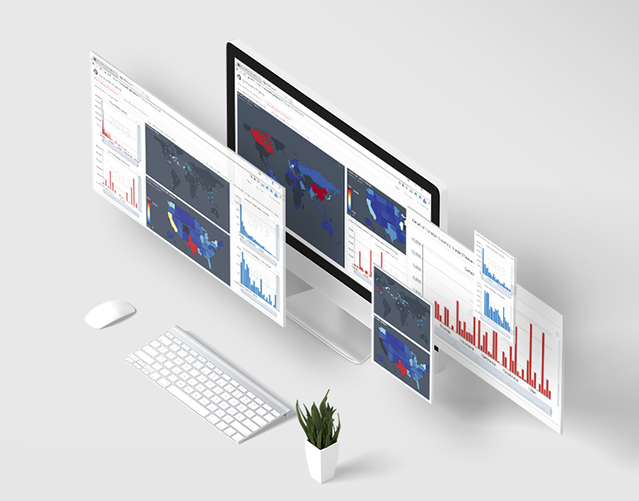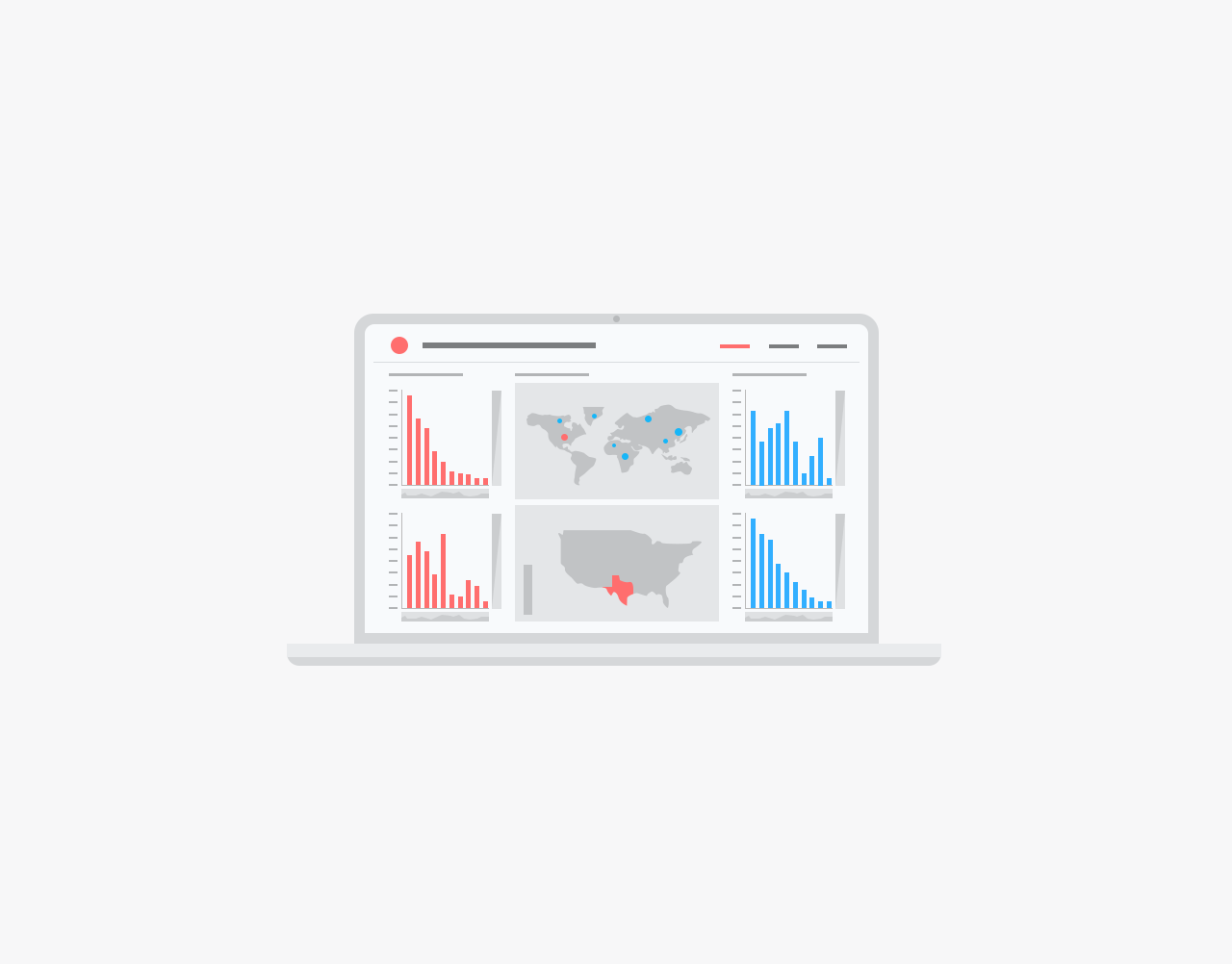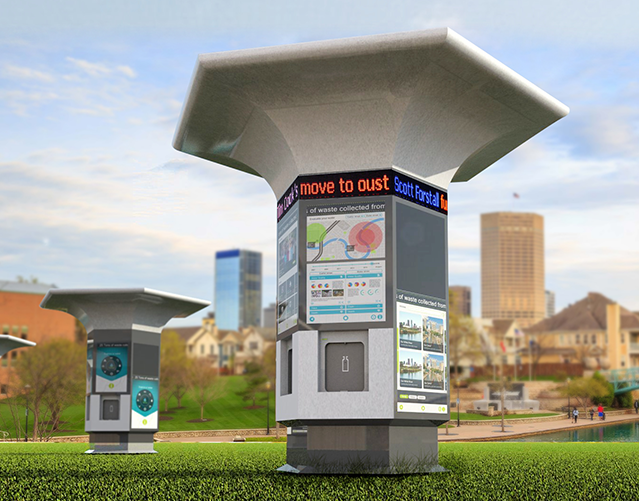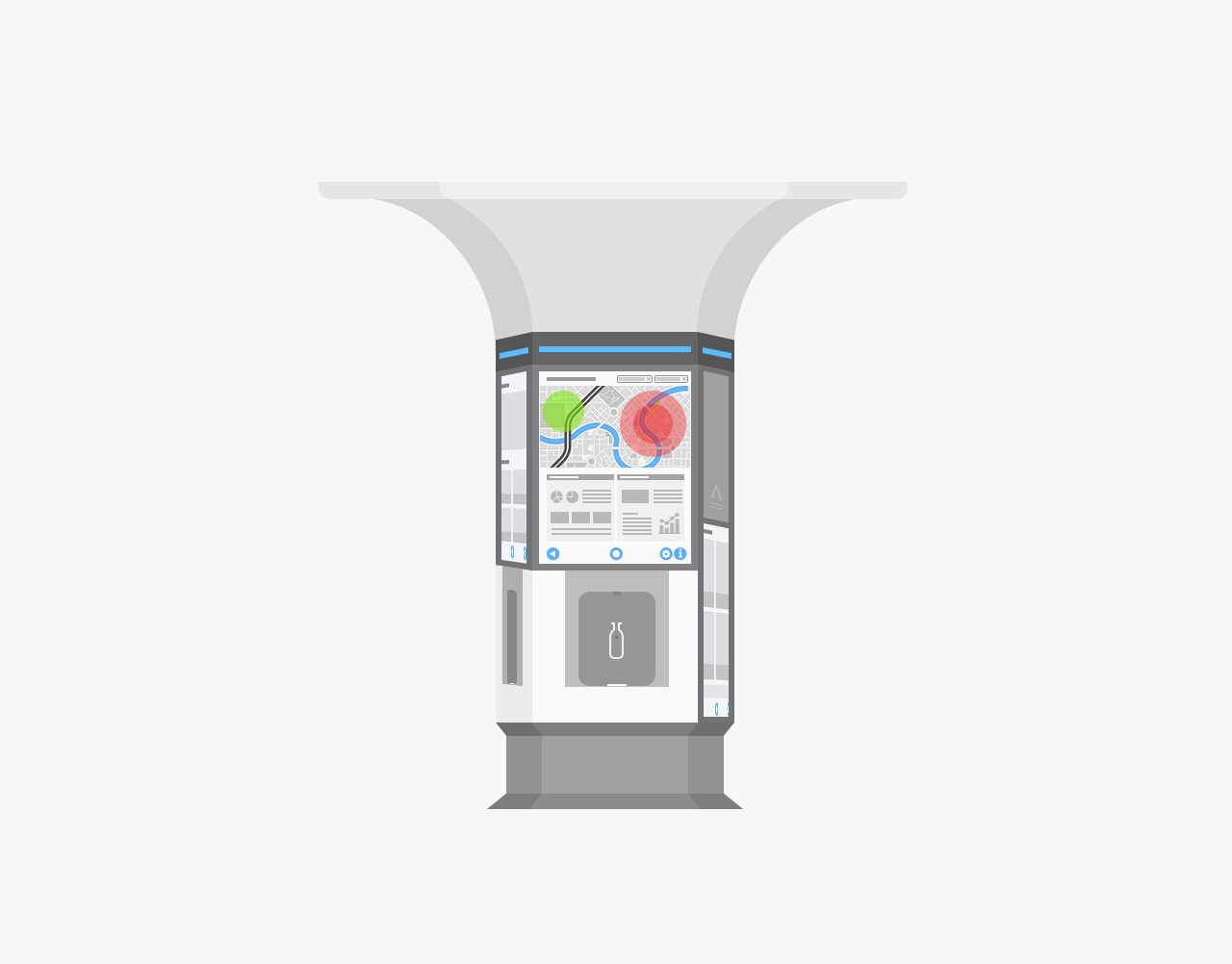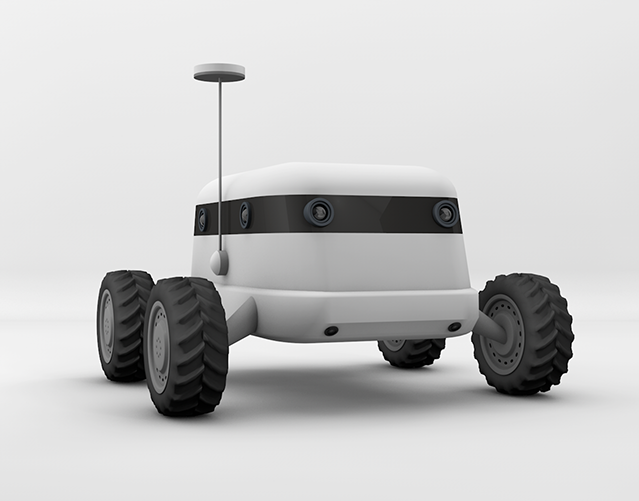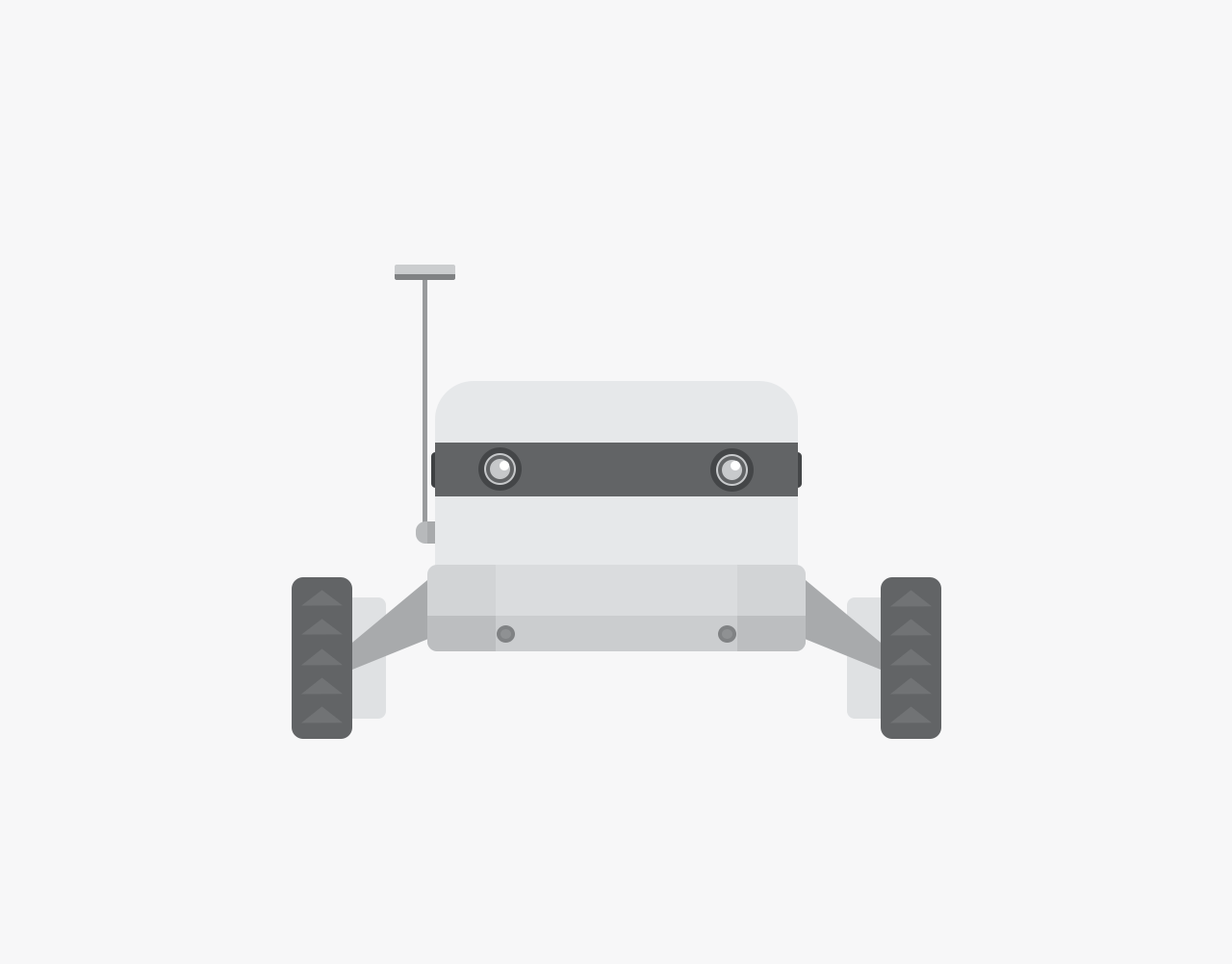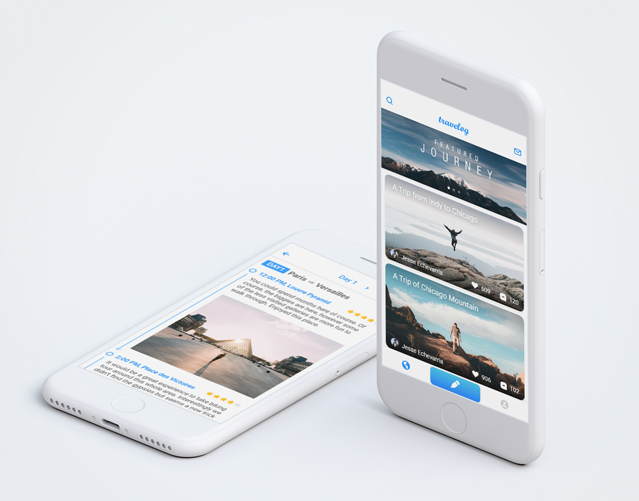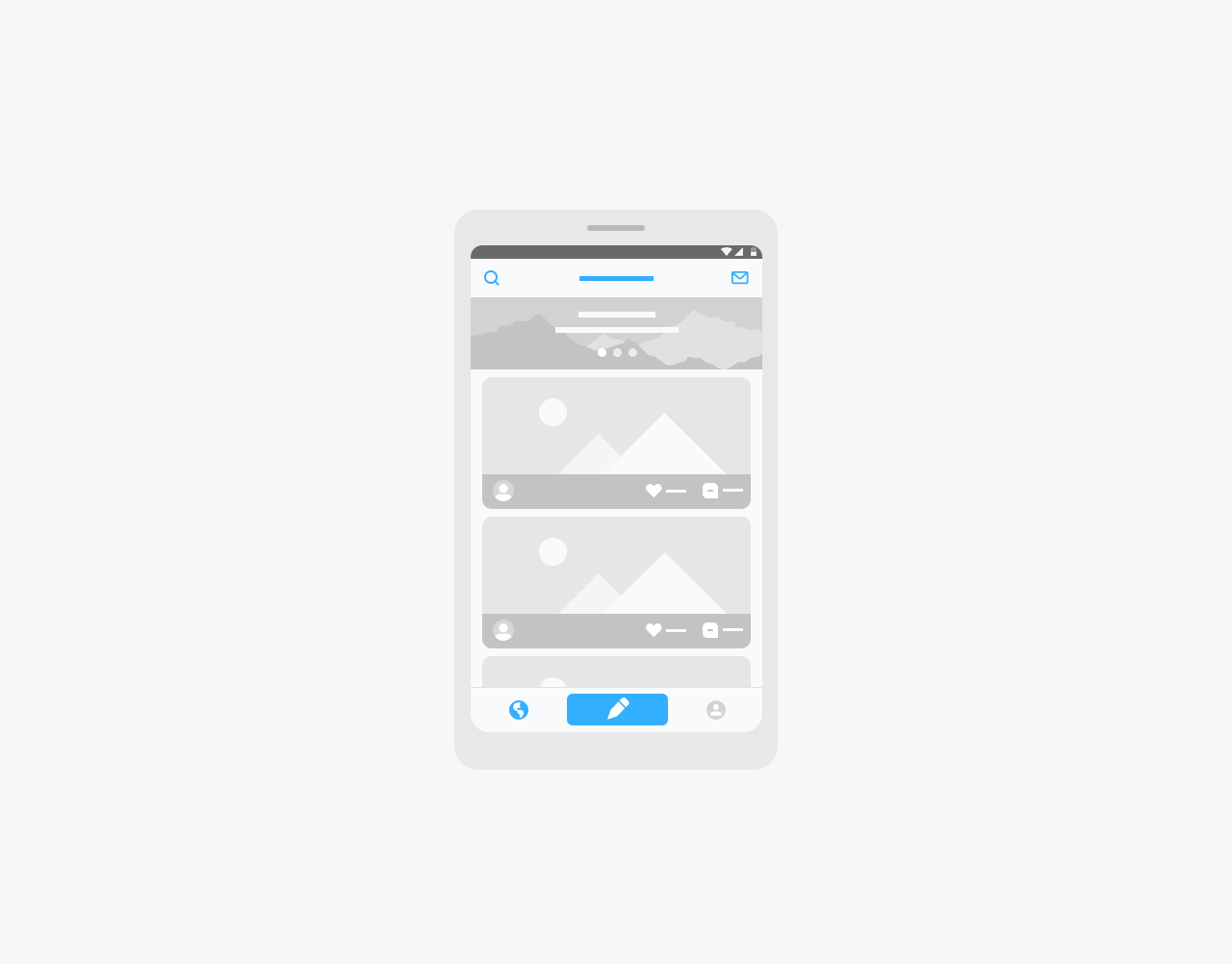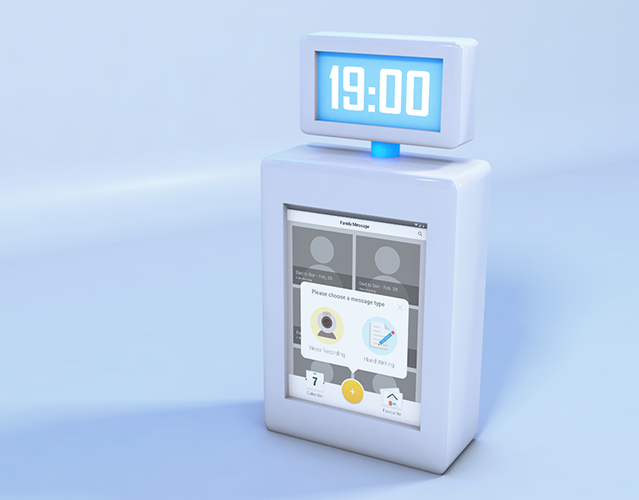Introduction
Research proved that good mentorship benefits mentees, mentors, and the organization they belong to. However, a lousy mentorship is harmful, or even worse than no mentorship. How to match mentee and mentor, and keep them in the same availability to connect are critical facts to lead a good mentorship. To provide better matching and connection on an excellent mentorship, I designed the CCmentor service.
Literature Review
Based on over 15 papers and over 30 articles, I found an excellent mentorship requires both mentee and mentor have at least 3 attributes - (1) Positive Attitude, (2) Matching Expectation, and (3) Effective Connection. For focusing on (2) and (3), I made 2 hypothetic settings:
‒ Both the mentee and mentor have a positive attitude; there is no malicious competition and intentional laziness;
‒ All mentorships were built in IT companies with flat management, an active atmosphere, and thorough soft/hardware service.
‒ All mentorships were built in IT companies with flat management, an active atmosphere, and thorough soft/hardware service.
For problem (2) Matching Expectation, I found that 3 critical aspects should be achieved:
For problem (3) Effective Connection, I found that 2 critical aspects should be overcome:
User Research
To further define the primary roles of mentorship: mentee and mentor, I interviewed 8 interviewees to get more insights. All interviewees have fully participated in the IT company's mentorship program. 4 of the participants used to be mentees, and 4 used to be mentors.
The interviews used semi-structured and focused on the critical aspects identified in the field research. Based on the interview results, I created two typical user portraits combined with experience maps for mentee and mentor:
Experience Map of Mentee
Experience Map of Mentor
Design Goal
Based on the experience maps I created, I found that there are some common pain points and opportunities in mentor and mentee experience, which led to our design goals - design service to meet the following user needs:
Before the Mentorship
‒ Educating: Mentees and mentors should be helped by this service to understand the meaning of the program and its plan.
‒ Matching: This service should collect mentees' and mentors' info for matching availability, location, and expectations.
‒ Multi-Mentors: This service should be able to provide each mentee with more than 1 mentor.
‒ Early Connection: After matching, mentees and mentors should be able to connect by using this service for any purpose.
‒ Educating: Mentees and mentors should be helped by this service to understand the meaning of the program and its plan.
‒ Matching: This service should collect mentees' and mentors' info for matching availability, location, and expectations.
‒ Multi-Mentors: This service should be able to provide each mentee with more than 1 mentor.
‒ Early Connection: After matching, mentees and mentors should be able to connect by using this service for any purpose.
During the Mentorship
‒ Lasting Connection: Mentees should be able to view the basic information of all mentors through this connection service.
‒ Evaluation: This service should evaluate the "health condition" of mentorship and provide a general report to mentees and mentors. Besides, unhealthy mentorship should be stopped by this service.
‒ Lasting Connection: Mentees should be able to view the basic information of all mentors through this connection service.
‒ Evaluation: This service should evaluate the "health condition" of mentorship and provide a general report to mentees and mentors. Besides, unhealthy mentorship should be stopped by this service.
Design Solution
After careful consideration of the Design Goal, I decided to consist of this mentorship service with 2 key components: (1) An organization called Office of Mentorship Management (OMM) with a mentorship agency and analyze the system, and (2) a website called CCmentor. I will use storyboards and prototypes to explain how they work in the Development department in a simulated company: Company X.
Before the Mentorship - Matching Process
In this process, mentors will be asked to fill in info before sending Emails to mentees. OMM will synchronize information and cooperate with HR and DEV departments to make the matching work.
In this process, mentors will be asked to fill in info before sending Emails to mentees. OMM will synchronize information and cooperate with HR and DEV departments to make the matching work.
Storyboard for Mentee
CCmentor User Flow for Mentee
Interactive Prototype for First Use Process of Mentee
Storyboard for Mentor
CCmentor User Flow for Mentor
During the Mentorship - Connecting with Secondary Mentors
Storyboard for Mentee
During the Mentorship - Monthly Evaluation
Storyboard for Mentee
Limitations
There are still some limitations existing in the design process and need to resolve. Specifically:
1. Not considering the business aspect - how much will a company cost to maintain the Office of Mentorship Management?
2. Not considering the limited people amount situation, what if the number of the matching mentors is less than 5 or only 1?
3. The motivation for both mentor and mentee to use the CCmentor during mentorship is not enough.
4. Didn't consider the evaluation method for OMM to use.
5. The prototype is still missing several detailed interfaces and conditions.
6. Didn't conduct any kind of user testing for the prototype
1. Not considering the business aspect - how much will a company cost to maintain the Office of Mentorship Management?
2. Not considering the limited people amount situation, what if the number of the matching mentors is less than 5 or only 1?
3. The motivation for both mentor and mentee to use the CCmentor during mentorship is not enough.
4. Didn't consider the evaluation method for OMM to use.
5. The prototype is still missing several detailed interfaces and conditions.
6. Didn't conduct any kind of user testing for the prototype
Those limitations will be carefully considered, and parts will be fixed in the next version of this service.
